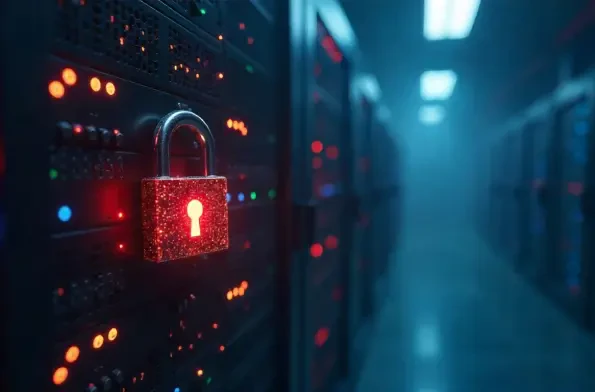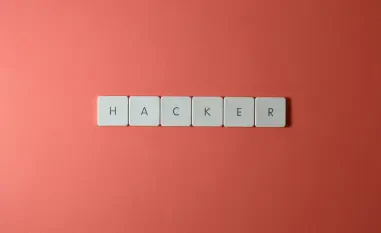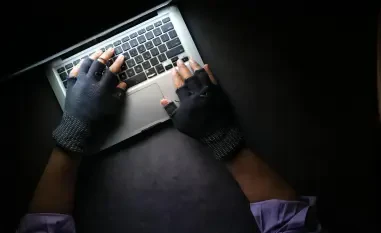Short introduction Meet Malik Haidar, a seasoned cybersecurity expert with a wealth of experience safeguarding multinational corporations from digital threats and hackers. With a deep background in analytics, intelligence, and security, Malik brings a unique perspective by blending business strategy with cutting-edge cybersecurity solutions. In this interview, we dive into the evolving landscape of cyber threats in higher education, exploring how artificial intelligence is reshaping risks like deepfakes and phishing, the sophistication of AI-driven attacks, and the critical role of education in building resilient campus communities. Join us as Malik shares his insights on protecting universities from these modern challenges.
How has the integration of artificial intelligence shifted the cybersecurity challenges faced by higher education institutions today?
AI has dramatically transformed the cybersecurity landscape for universities, introducing both sophisticated threats and new defense mechanisms. We’re seeing a rise in attacks that exploit AI to mimic real interactions, making them harder to detect. These range from tailored phishing campaigns to more complex deceptions that can disrupt entire systems. Unlike traditional threats, which often relied on brute force or obvious scams, AI enables attackers to craft highly personalized and believable content, targeting students, faculty, and staff in ways that feel authentic. This shift demands a higher level of vigilance and updated strategies to protect sensitive data and campus operations.
Can you elaborate on the specific dangers deepfakes pose to universities and their communities?
Deepfakes are a growing concern because they can cause significant reputational damage and erode trust within a university setting. Imagine a fabricated video of a professor or administrator appearing to say something controversial or inappropriate—it can spread rapidly and harm careers or the institution’s image before the truth comes out. Beyond reputation, deepfakes are also used to manipulate individuals into divulging confidential information, like login credentials or financial details, by impersonating trusted figures. Additionally, they threaten academic integrity, as students could use AI-generated avatars to fake attendance in virtual classes, undermining the credibility of online education.
In what ways are cybercriminals leveraging AI to enhance phishing attacks targeting campus populations?
Cybercriminals are using AI to automate and personalize phishing attacks at an unprecedented scale. By analyzing publicly available data, AI can craft messages that mimic the tone and style of someone familiar, like a department head or classmate, making them incredibly convincing. These attacks often create a false sense of urgency, pushing recipients to click malicious links or share sensitive information without second-guessing. What’s more, AI enables attackers to deploy these scams across multiple platforms—email, text, and social media—simultaneously, increasing their reach and likelihood of success.
How does AI-powered social engineering differ from traditional tactics in manipulating individuals?
AI-powered social engineering is far more realistic and scalable than older methods. Traditional tactics often relied on generic messages or obvious red flags, but AI can replicate voices, faces, or writing styles with uncanny accuracy, exploiting emotional and visual cues to build trust. It also uses data scraped from social media to target specific individuals with tailored content, like referencing personal details or recent posts. This hyper-personalization, combined with the ability to hit multiple communication channels at once, makes people more likely to engage without questioning the authenticity of the interaction.
What challenges do AI-driven Distributed Denial of Service (DDoS) attacks present to universities, and how can they respond?
AI-driven DDoS attacks are becoming stealthier and more difficult to mitigate because they can mimic legitimate traffic patterns and originate from countless global sources, evading traditional detection methods. These attacks can cripple university servers, disrupting online learning platforms and administrative functions, which is devastating during critical times like exams or enrollment periods. To counter this, universities need to invest in layered defenses, including AI-enhanced firewalls and real-time anomaly detection systems that can identify and block threats before they escalate. Proactive measures, like learning from past incidents to adapt defenses, are also crucial.
Why is cybersecurity education a vital component for protecting students and staff in a university environment?
Cybersecurity education is the first line of defense in any university setting. It equips students and staff with the knowledge to recognize suspicious activity, whether it’s a phishing email or a questionable link, and respond appropriately. Understanding how AI can be misused in attacks helps build a culture of caution and shared responsibility. Simple actions, like reporting potential threats or using secure password management tools, can prevent major breaches. Education also fosters digital literacy, ensuring everyone on campus can navigate the online world safely and contribute to a stronger, more resilient community.
What is your forecast for the future of AI in cybersecurity within higher education?
I believe AI will continue to be a double-edged sword in higher education cybersecurity. On one hand, attackers will refine their methods, creating even more sophisticated threats that blend seamlessly into everyday digital interactions. On the other, AI will become an indispensable tool for defense, offering predictive analytics and automated responses to neutralize risks before they impact campuses. The key will be staying ahead of the curve through continuous innovation, robust training programs, and collaboration across institutions to share best practices. Universities that prioritize adaptability and education will be best positioned to tackle whatever comes next.













